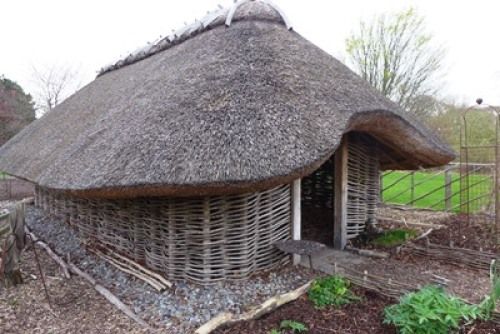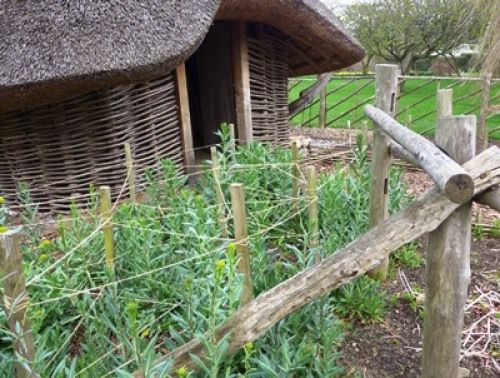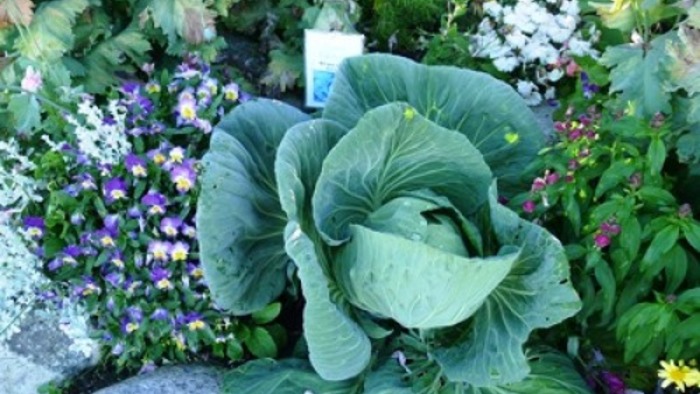
March may or may not be the perfect time to visit the National Botanic Gardens in Dublin, Ireland. While the crowds were sparse, the weather was overcast and a wee bit chilly. Because it was early spring, the rose garden and perennial flower borders were still sleeping, and the fruit and vegetable garden was waiting to be planted.
However, the beautifully restored large glasshouses were open and offered warm and welcoming spots to appreciate special displays of alpine plants, palms, cactus and succulents, orchids and many other plant collections.
The misty weather made for a perfect atmosphere to view the Viking House. This house was painstakingly recreated using the design of an early Viking house found in archaeological remains in Dublin.
“The Viking House was built to mark the millennium of the Battle of Clontarf in 1014,” according to the gardens’ website. “It’s an accurate recreation of one of the first Viking Dublin houses dating from the 9th and 10th centuries.”
Archaeologists believe about 5,000 people lived in 900 wooden Viking houses like this one from about 860-1100 AD. Nearby oak, ash and hazel trees made for good structural materials and reeds or sedges were used for the thatching.
In this age of the Vikings, each house had a long, fenced-in plot of land that included small animals and a garden. The gardens were filled with vegetables, fiber and dye plants.
If you’d like to garden like a Viking, you could recreate the garden with a plot planted with grains like wheat and barley. Be sure to also plant and grow the common vegetables of the time: cabbages, beans, onions and leeks.
The gardens included a variety of plants for producing colors to dye different fibers. The flowers of dyer’s rocket (Reseda luteola) produced a yellow dye, the leaves of woad (Isatis tinctoria) offered a blue dye. When those were mixed together, they produced the color green. The roots of another plant called madder (Rubia tinctorum) produced a red dye.
The Viking gardens had paths lined with wattle fencing to keep animals and other pests away from the vegetables. Wattle fencing is made by weaving green willow or other pliable branches between upright stakes to form a lattice.
Today’s Viking gardeners can also use hand-made wattle fencing to protect their gardens. How-to videos and DIY instructions can be found online or by searching a local library’s catalog.




















Comments
Log in or create an account to post a comment.
Sign up Log in